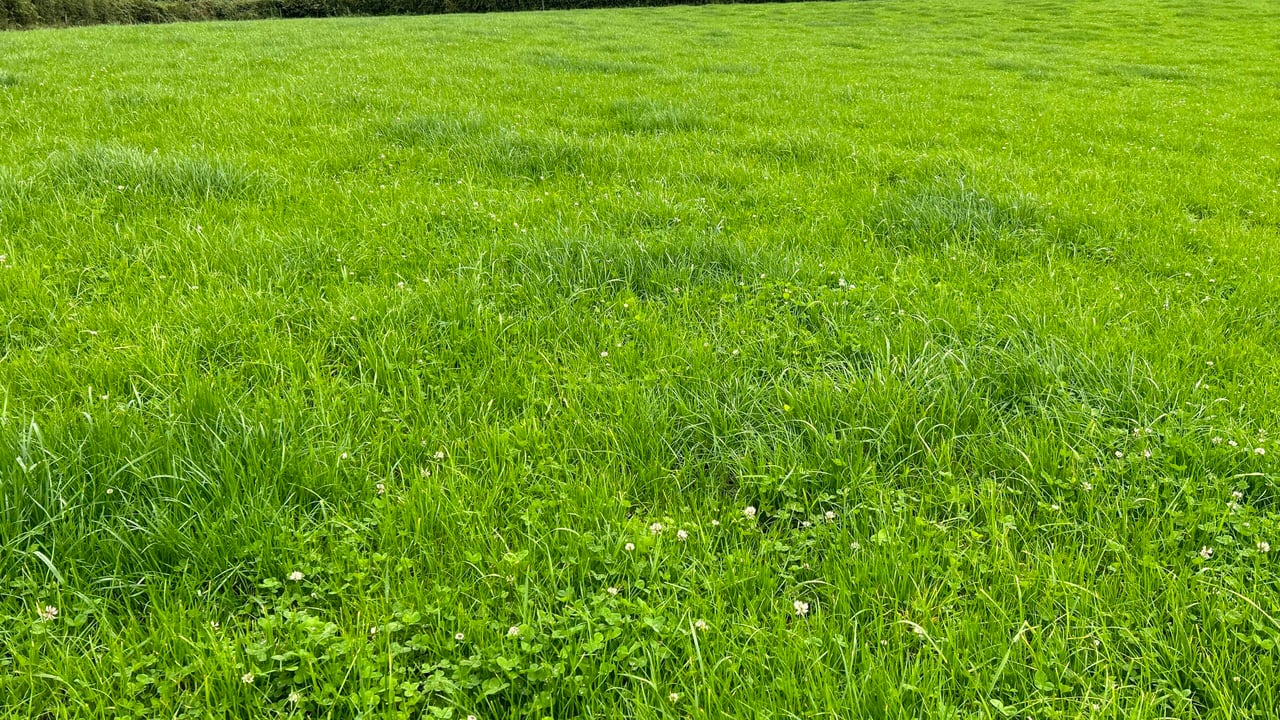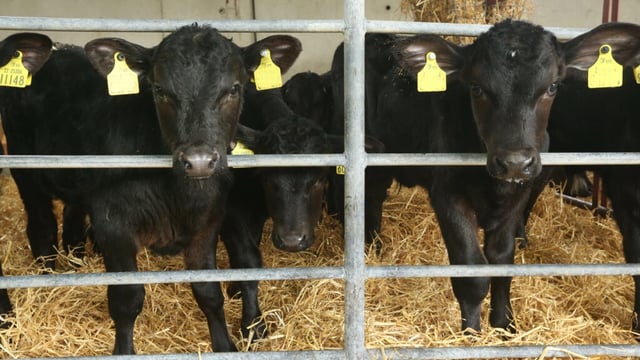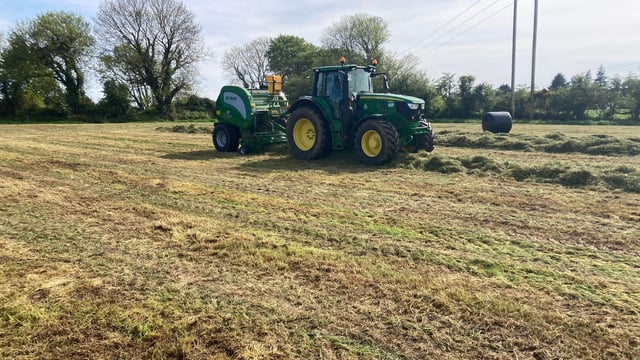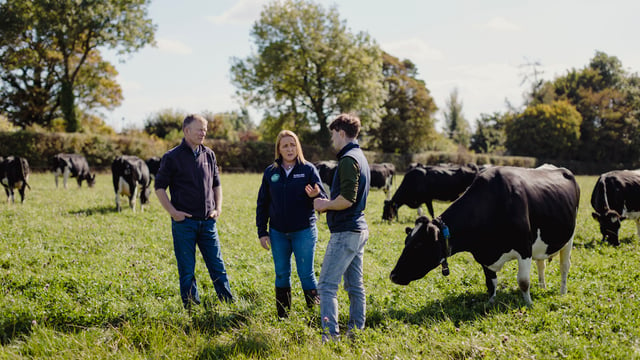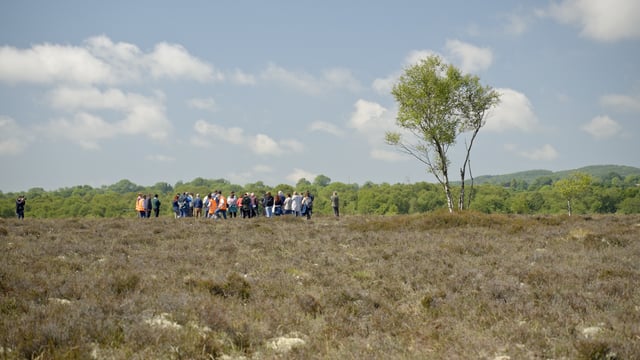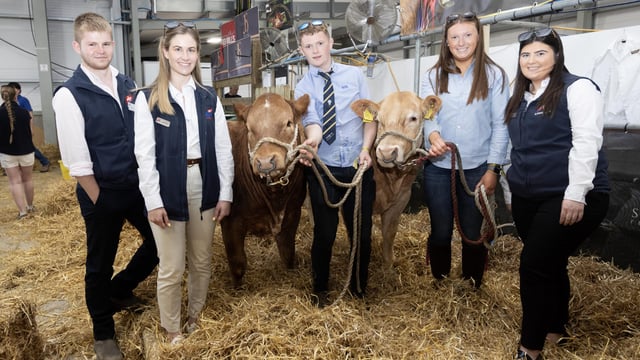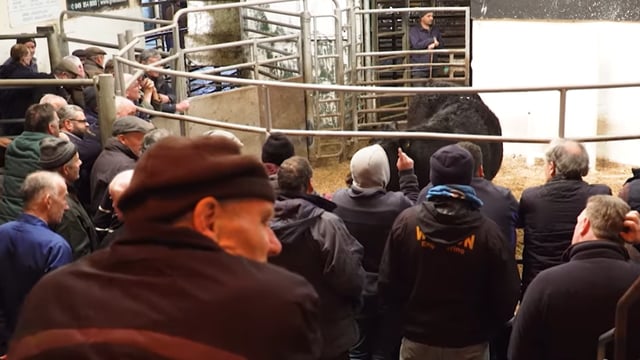The management of spring-reseeded paddocks as rain arrives
A lot of reseeded paddocks across the country are in need of a bit of moisture and rain, which is forecasted to hit over the next couple of days.
Many farmers opted to reseed paddocks this year, as the conditions in April and May were ideal for getting a reseed in.
To top that off, farmers have not been feeling the pinch with those reseeded paddocks gone out of the round, as growth rates took off since the end of April with high soil temperatures and moisture in the ground.
However, growth rates have slowed down in the last week due to soil moisture deficits, which can have a serious impact on a reseed's persistence and establishment.
A lot of reports on reseeded paddocks' performance say that the lack of rain is severely restricting the emergence of the grass plant, which will hopefully change in the coming days.
The rain over the next number of days will be welcomed by everyone, as moisture from a reseed's point of view is crucial for seed germination and the growth of new seedlings.
Moisture in the soil is also going to play a crucial role for roots to grow and anchor the plants to the soil.
If you fear that the reseed is in a complete soil moisture deficit, spreading around 2,000 – 3,000 gal/ac of watery cattle slurry will aid in germination and seeding establishment post-sowing, as well as supplying nutrient for plant growth.
Reseeded paddocks
No matter what the grass situation is, farmers will always want to get the paddock back into the rotation as quick as possible and it is important that the right steps are taken to successfully graze and establish this paddock.
The reseed should be grazed as soon as the new grass roots are strong enough to withstand grazing – this is tested through the ‘pull test’.
Grazing as soon as the grass is fit for it will also allow light to reach the base of the plant, which will encourage tillering and clover establishment.
Before the paddock is grazed, the reseed should be sprayed with a post emergence herbicide about 45-55 days after sowing, when the paddock has a cover of around 400-500kg DM/ha.
The first grazing of your reseed can generally commence at a pre-grazing yield of 800 – 1,000kg dry matter (DM)/ha, which is usually 60-65 days after sowing.
The first grazing should be done in dry conditions to avoid poaching the paddock. Cutting silage off this paddock should be avoided in the first year, as this will inhibit tillering of grass and clover.
Frequent grazing at low covers during the first year of establishment will allow for further tillering and will bulk up the sward.
Clover
The management of clover post-reseeding is essential, as allowing covers to get too high will shade out the clover seedlings.
The management of clover is similar to grass, except grazing should continue at low covers for the first five to six weeks post-sowing.
These paddocks should not be allowed to exceed covers of 1,000-1,100kg DM/ha for at least five to six grazings and they should be grazed late in the final rotation.
Applying chemical nitrogen (N) at the same rate for the first eight to 12 months after sowing is essential, as the the clover will not uptake N until then.

